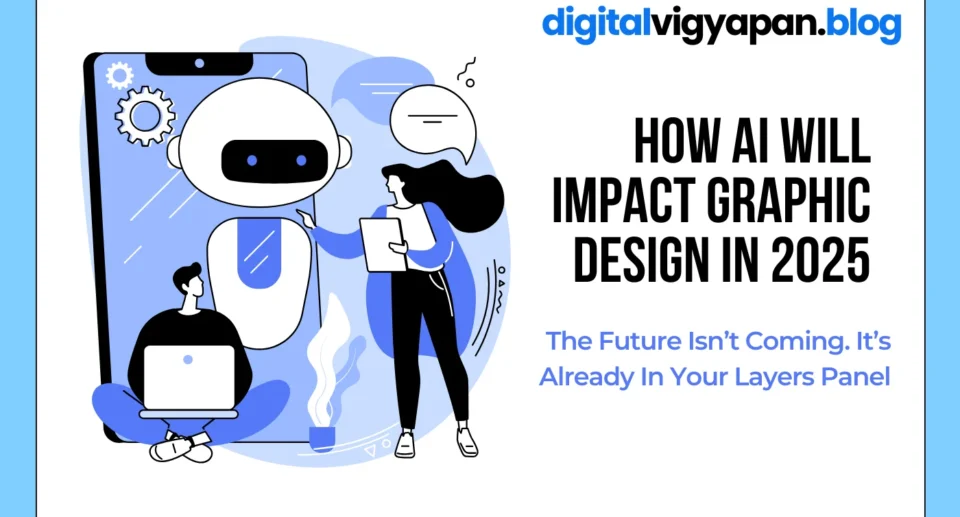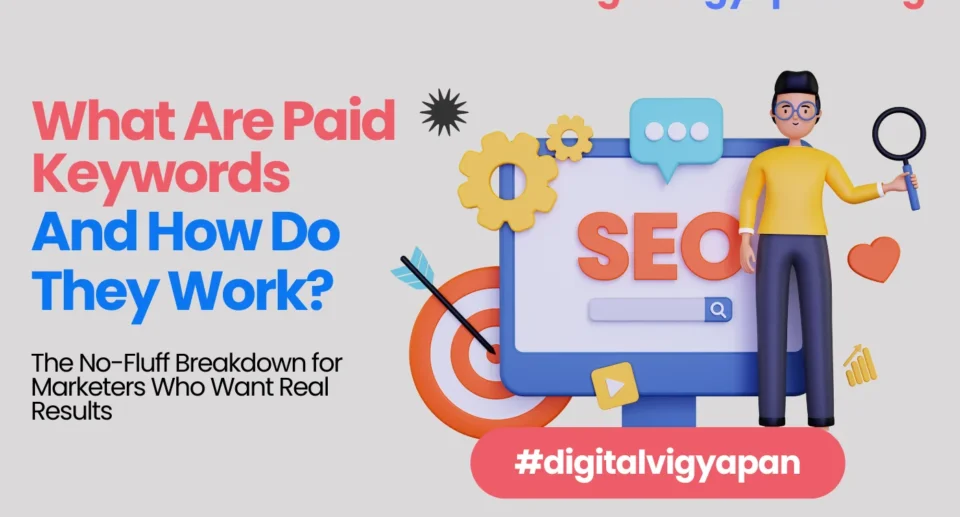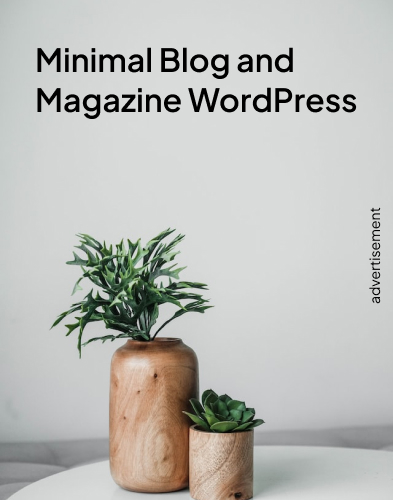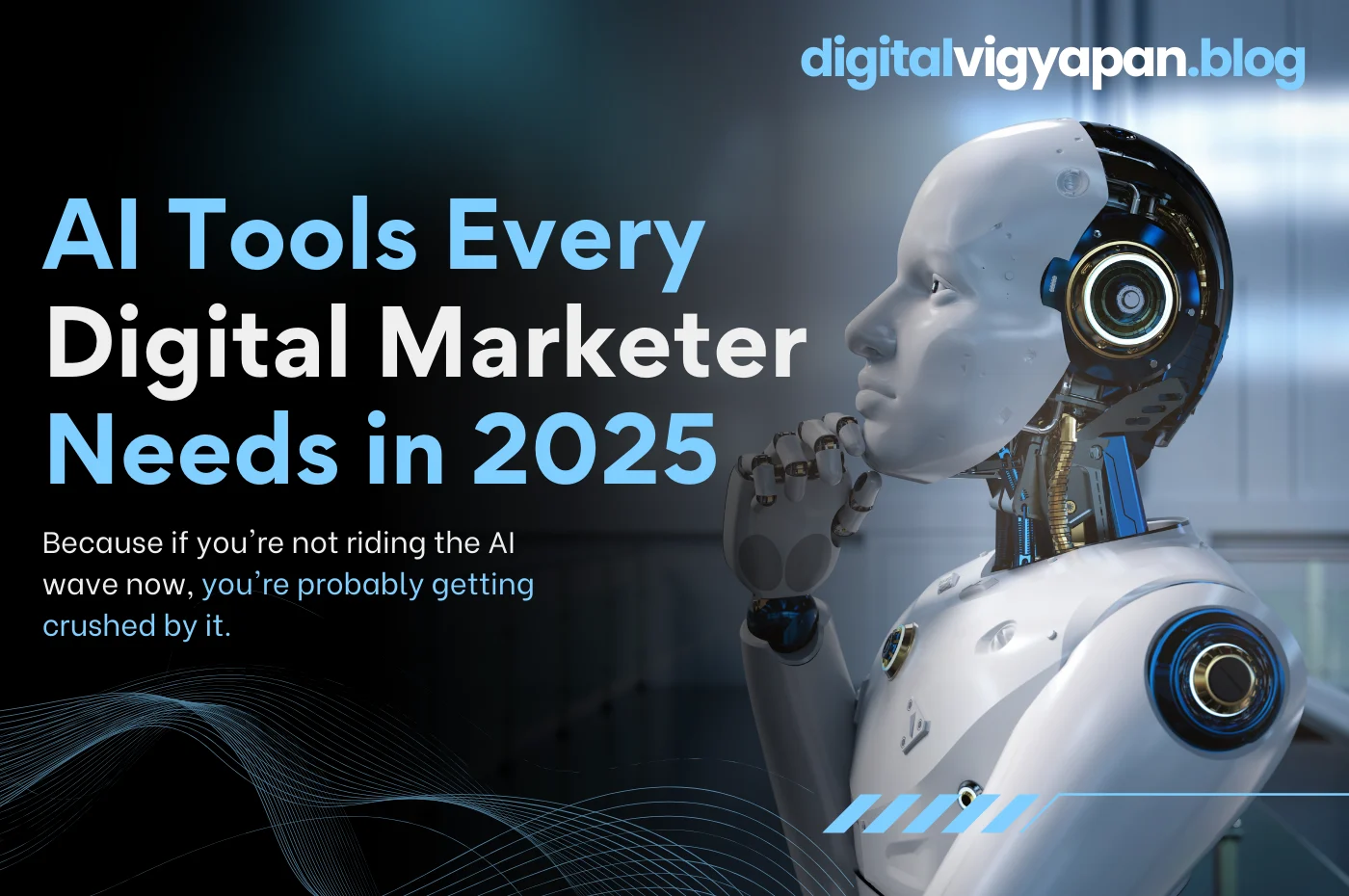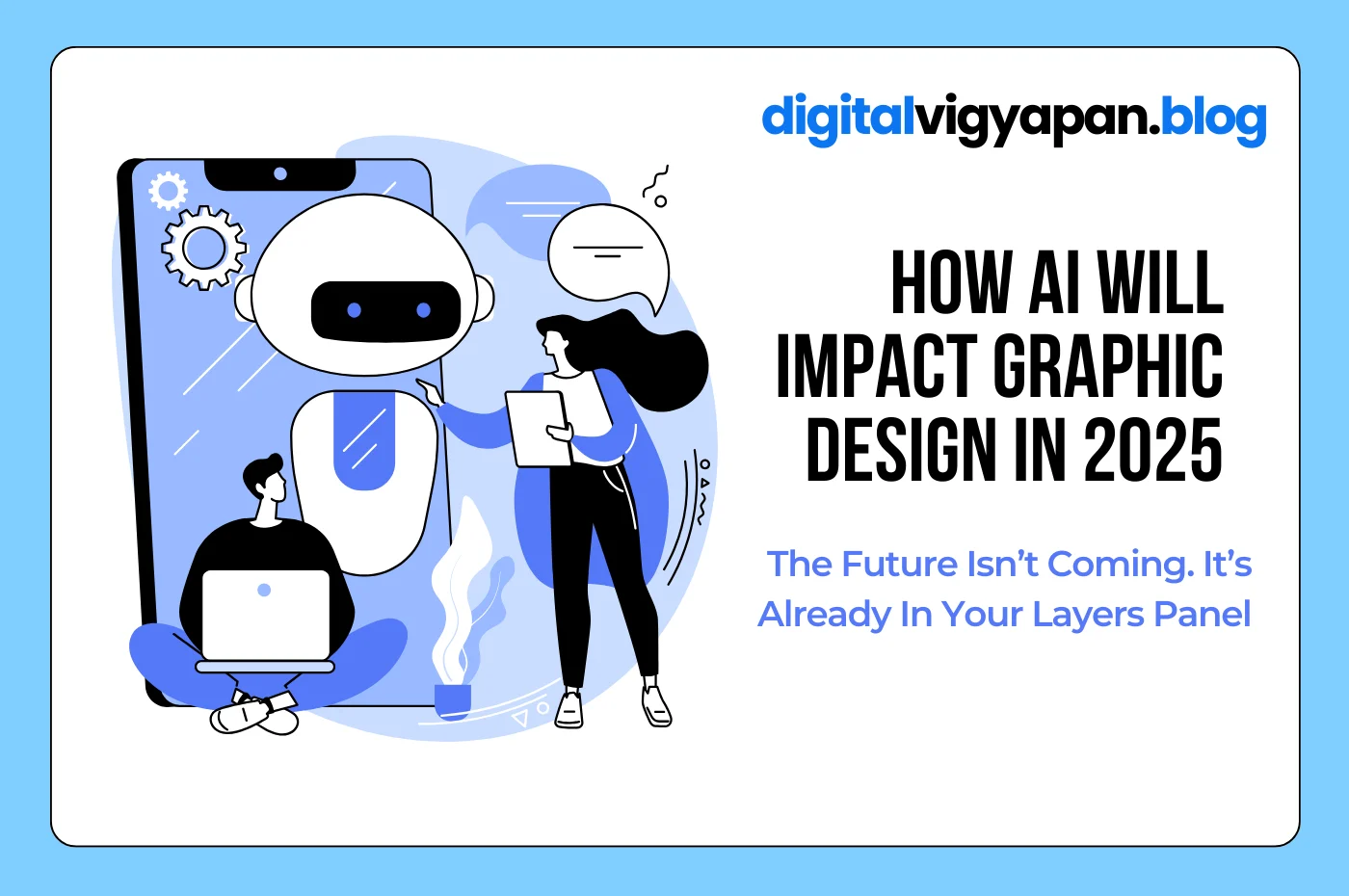How AI is Changing the Way We Showcase Products
Jay Pathak
- April 24, 2025
- 6 Min Read

– Not the future, not hype. Just what’s really going down.
Let’s start with this: showcasing products isn’t what it used to be. There was a time when it meant fancy studio lights, a few assistants buzzing around a table-top set, someone holding a reflector just right, and you praying the product label didn’t glare under the spotlight.
Fast forward to now, 2025, and AI is fully inside the creative room—not just watching from the window. But no, it hasn’t replaced creativity (it couldn’t if it tried). What it has done is totally flipped the way we present products to the world.
And if you’re in the product game—whether you’re selling lipstick or lawnmowers—you better be paying attention.
No More Waiting for Shoots. Hello, Virtual Studios.
Let’s get real. Product shoots are expensive. You’ve got to book a studio, a photographer, models, stylists, rent props, and still cross your fingers for good weather or the “right vibe.”
Now, AI has come swinging through the wall like Kool-Aid Man with a better plan. Tools exist right now that let you generate hyper-realistic visuals of your product in any setting—urban rooftop, sandy beach, cozy kitchen—you name it.
Brands are starting to skip the shoot entirely. They render the product digitally and use AI to style it. Want your new candle to sit on a mahogany table with sunrays cutting through linen drapes? Type it. It’ll happen.
What used to take days or weeks now takes maybe… an hour?
Diversity on Demand (Without the Tokenism)
Here’s something that’s long overdue: visual diversity that doesn’t feel like a forced afterthought.
AI-generated models now allow brands to create product visuals that genuinely reflect different ages, skin tones, body types, and cultural backgrounds. And yes, they look real. No uncanny valley weirdness. We’re talking real-feeling humans in real-feeling environments, tailored to your brand’s audience.
Let’s say you’re launching a new sneaker across Southeast Asia and the U.S. In the past, you’d either need two separate shoots or make one set of visuals stretch across two very different markets. Now? You create distinct campaigns for each—with relevant models, styling, and tone—without doubling the budget.
It’s not about cutting costs. It’s about cutting corners, without sacrificing quality or connection.
The Try-Before-You-Buy Revolution
You know what makes people hesitate to buy online? Doubt. Will this lipstick suit my skin tone? Will this chair actually fit in my room?
That’s where AI teamed up with AR (augmented reality) and changed the game.
Now, shoppers can see exactly how a product will look on them, in their space, with their lighting, their vibe. Whether it’s glasses on their face, a coffee table in their living room, or a jacket on their digital twin—AI is making the experience personal.
It’s not just cool tech. It’s confidence. And confident shoppers are converting shoppers.
Launch Visuals Before the Product Even Exists
Here’s a dirty little secret of smart marketers: you don’t need the final product in-hand to start selling it.
With AI-generated 3D renders and mockups, you can visualize a product before it comes off the production line. We’re seeing brands create entire launch campaigns before their manufacturer has finished the first batch.
The benefits?
✔ Test what visuals resonate with your audience
✔ Get feedback early
✔ Start collecting pre-orders
✔ Get marketing and product teams aligned faster
This isn’t theory. This is happening. I’ve seen skincare brands test packaging designs on Instagram before the physical labels were even printed.
A/B Testing Isn’t Just for Headlines Anymore
Remember when A/B testing meant trying two versions of an email subject line? Cute.
Now we’re A/B testing product photos. Different colors, settings, model types, angles, shadows, you name it. All done instantly with AI tools that track engagement, bounce rates, clicks, and time-on-page to figure out which visuals move people.
Imagine knowing in 24 hours that your product sells better when it’s photographed against a dark concrete wall instead of a white one. You can pivot instantly.
The age of “design and hope” is over. We’re in “design, test, learn, repeat” territory now.
Copywriting’s Getting Smarter, Too
It’s not just the visuals that are evolving. AI is helping brands adapt product descriptions to different audiences on the fly.
For example:
A sneaker might be described with performance specs for fitness geeks
But get a fashion-forward tone for streetwear lovers
And a “dad-friendly” version that just says, “Comfortable for all-day wear. Goes with anything.”
It’s subtle. It’s smart. And it converts.
But here’s the kicker—these variations aren’t always written by a content team burning the midnight oil. AI helps generate them, while the humans approve, tweak, and elevate.
Does This Mean Designers and Creatives Are Getting Replaced?
Hell no.
If anything, creatives are more valuable than ever. Because while AI can generate a scene, it still can’t understand why one mood resonates over another. It can’t feel. It doesn’t know your brand’s voice or the cultural nuance behind a design choice.
You still need storytellers. Stylists. Strategists. Designers who get people.
What AI does is amplify that creativity. It makes it easier to test, scale, and adapt ideas faster. It removes the “grunt work” so you can spend more time doing what actually matters: making people care.
Final Word: Use the Tech, But Lead with Taste
The future of product showcasing isn’t about who has the best AI tools—it’s about who has the best creative judgement using those tools.
You can generate 100 visuals in an hour. So what? If they don’t tell a story, if they don’t connect with your audience, you’ve just created noise.
Brands that win in 2025 are the ones who blend the power of AI with the soul of strong design, sharp copy, and authentic storytelling.
So no, AI hasn’t killed product photography, or design, or creativity. It’s just raised the bar. And honestly? It’s about time.

